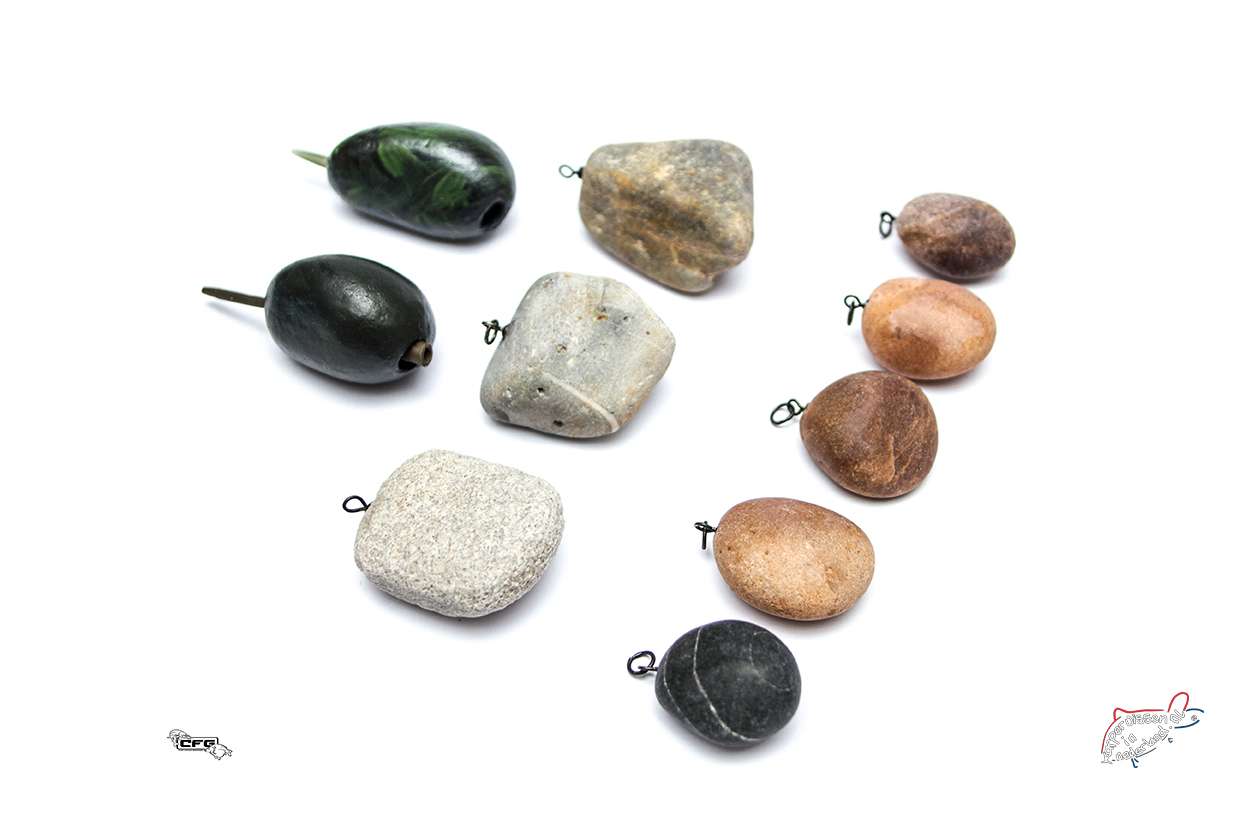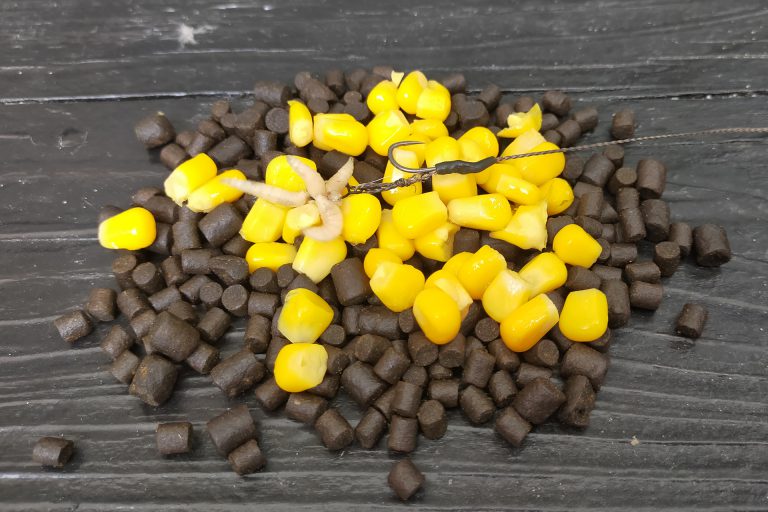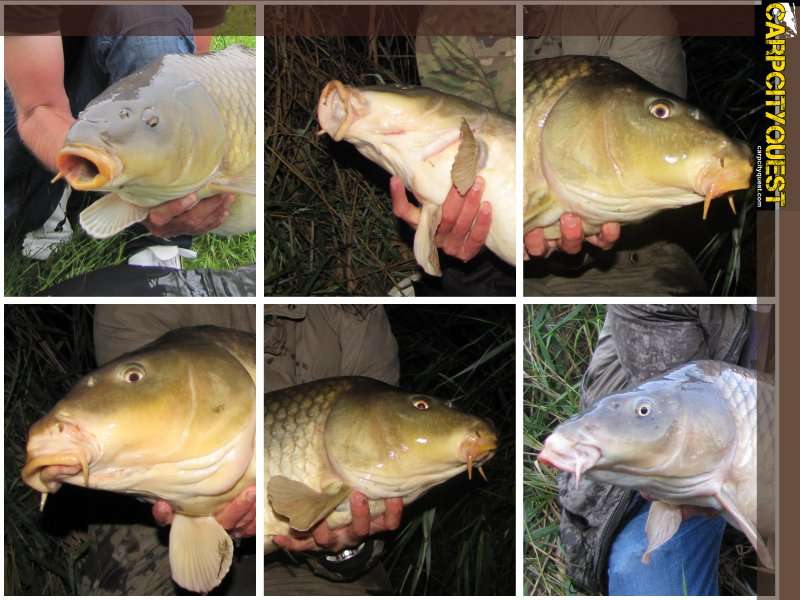Angling has been practiced for ages. It’s in our genes to hunt and angle, and we still do it to this day. It all started with primitive homemade lines, hooks made of bone, bent branches as rods, and stones as casting weights. How simple it could all be back then, and how complicated we make it for ourselves nowadays? Over the years, our techniques have improved and the materials have been perfected. Whether it has gotten better is, of course, questionable, especially regarding our environment and the living conditions of the creatures below the water surface.
Text & photography: Jan Bakker

Training & Material Choice Stress.
Where you could easily entice a carp with a piece of bread, potato, or rye bread in the past, it has become much more difficult nowadays. Not only has the bait changed, but also the way of angling and the increased fishing pressure, making it no easier! Fish show signs of training and avoid certain types and forms of bait because they recognize or associate it with a stimulus or fright reaction, hence ‘distrust’. The same goes for the ways of angling. Often angling with tight lines can be intimidating on some waters, as can a too rigid or unnatural presentation. Every day we adjust our way of angling, and that’s a good thing. In certain things, you have and keep trust, and in other things, you change course, as we always want to stay one step ahead of the fish, even though it’s challenging with so much angling gear on the market. One person wants this, and another wants that, and so we all have a way of angling that we think is good and/or reliable.
Lead Substitutes, of Course, an Angler Thinks about the Environment.
What has been much discussed in recent years is our use of lead and the significant loss of it in fishing waters. It seems we have collectively released tons of lead in and on many paid and public waters. This does not benefit the environment and underwater life. There are now several companies responding to this ‘problem’ by developing lead substitutes. Ufo Sinkers is one such example; they produce casting weights made of concrete that can absorb water or liquid to increase their weight. The ‘disadvantage’ of these substitutes, I personally find, is the size and bulk. Concrete does not have the specific weight of traditional leads, making it much more challenging to maintain the same size. There are also several plastics on the market as casting weights where practically the same story applies. We can easily fly to the moon nowadays, but a good alternative for a 45-gram lead with similar dimensions is still hard to find in 2017.
DIY.
Fifteen years ago, I tried something out, something born out of necessity by the water’s edge. I was angling a session and lost my lead due to a line break. My tackle box was turned upside down, but extra lead was nowhere to be found, now I had a problem? or…. I started ‘improvising’, picked out a good-sized stone, and with some creativity, I got quite far! It landed me several fish that day and then faded into oblivion. I never really delved deeper into it, but since it has become a hot topic now, I’ve picked it up again. The stones have been brought out again and this time I’ve provided them with colors that match the lakebed. Of course, the natural stone colors remain, as these are familiar to our underwater friends, because how many stones are there on a lakebed?
Advantages and Disadvantages of Stone Weights.
Stone types vary in weight due to their material density, and no ‘natural’ stone is the same in size, shape, or weight. So, it’s a matter of finding the right stones, but there are various options for all of us! I’ve already started tinkering with results. The stones can be used both inline or as swivel weights, so there’s something for everyone. It stands to reason that a stone with unusual angles or a unique shape casts differently and lands less accurately in a desired spot. The distances are, of course, also dependent on the stone weight. But better to cast slightly off than to lose masses of lead in the waters, besides: ”how many carp anglers don’t sail out their lines nowadays?”
Finally.
If we find ways together to replace lead with stones, for example, it will benefit underwater life and the environment, ‘let’s do this together!’



